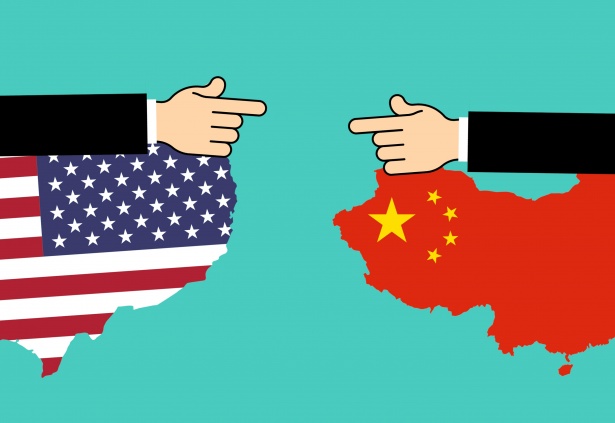
Analysis of Biden US Foreign Policy Toward China in 2022
The US-China relationship is a complex one, and if you ask any American, they will tell you that the relationship is strained. There is a trade war, tensions over human rights, and tensions with Taiwan and Hong Kong. Not to mention the negative public opinion toward China. But does Biden’s position reflect the real situation? Read on to find out what his foreign policy positions are on these issues and how they will affect the US.
First, Biden’s team understands the challenges facing the world. They have extensive experience in Myanmar and China policy and will likely understand the problems that confront both countries. They will approach both sides more rationally and pragmatically. They also understand the economic challenges that confront both sides. And because the Biden team is more experienced, they have an edge over their counterparts. And they have more experience with these issues than just the China policy.
As for Biden’s approach to China, the US should be looking for a balance of power in the region. It must avoid allowing the Chinese to become regional hegemons, while simultaneously deepening cooperation with its partners. This requires the United States to go beyond the neo-liberal, pro-Western agenda and into the regional architecture. This approach is a good idea for the U.S., but it requires a more balanced strategy.
Second, the Biden team should treat the Indo-Pacific as a priority and treat China as a long-term military challenge. In both cases, the administration should use deterrence by denial. This strategy will ensure that the US maintains a more favorable balance of power and assures regional allies. This approach is the only way to prevent the US from losing its regional advantage. It is a pragmatic approach that is likely to be successful in the long run.
As for the neo-liberal approach, Biden’s approach to China’s behavior has been more direct than that of his rivals. For instance, the US has publicly called Beijing’s treatment of the Uyghur minority as “genocide.” However, the administration has hedged when it comes to the Winter Olympics. Instead of announcing a boycott, the Biden administration has chosen to opt for a mild diplomatic boycott, excluding U.S. athletes from competing in the games.
The Biden administration has made a clear shift from a cautious, pro-cooperation stance to a full-blown confrontation with Beijing. While the Biden team has not explicitly stated that the Chinese Communist Party should be changed, it has not endorsed this approach. Similarly, President Biden’s administration has also stopped implicitly calling for regime change in China. As a result, the new policy towards Beijing is less aggressive and more assertive.
The US-China relationship is a key issue for the Biden team. Unlike his predecessors, Biden’s team has a long history of dealing with China. In the past, bipartisan teams have consistently sounded off against the Chinese Communist Party and failed to budge on the CPTPP. By contrast, the current administration has been less successful. It has a more pragmatic approach.
Biden’s focus on democracy does not lend itself well to a focus on Southeast Asia. But in other engagements, Biden’s emphasis on ensuring a free and open society does not match the emphasis on democracy and freedom. His speech in Singapore did not mention these terms, but it implied that he does not believe this framing will work in the region. This is in stark contrast to the tone of the Trump administration’s speeches.
In terms of the US-China relationship, Biden’s emphasis on strengthening ties with allies has been an important issue. In April, he spoke to the Chinese in the context of mobilizing allies and strengthening ties with the European Union. He also mentioned the importance of combining the economic power of the United States with the strength of democracy and the innovative side of the US. These are not conflict-free priorities, but they do reflect the priorities of the administration.


























